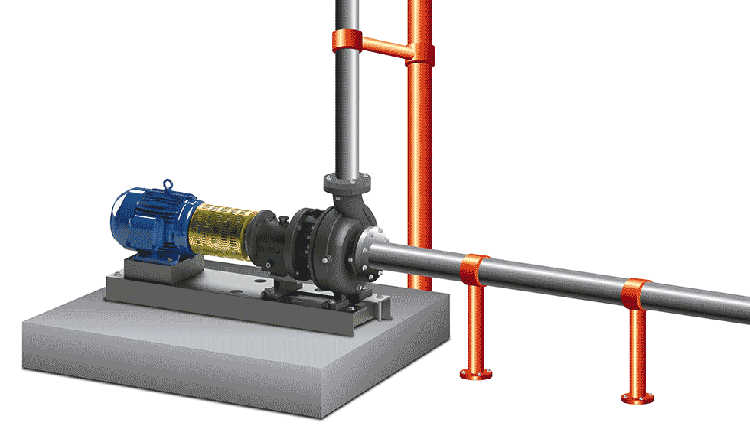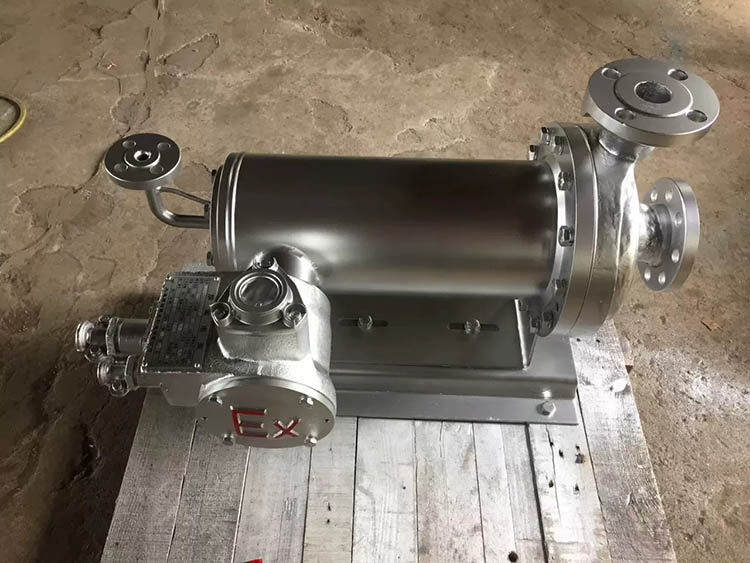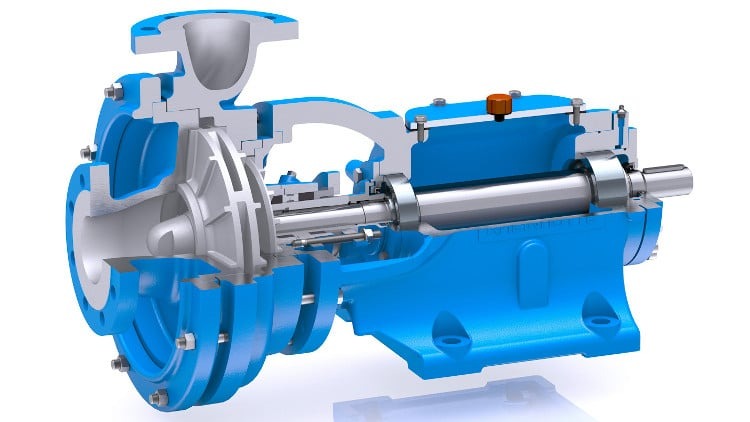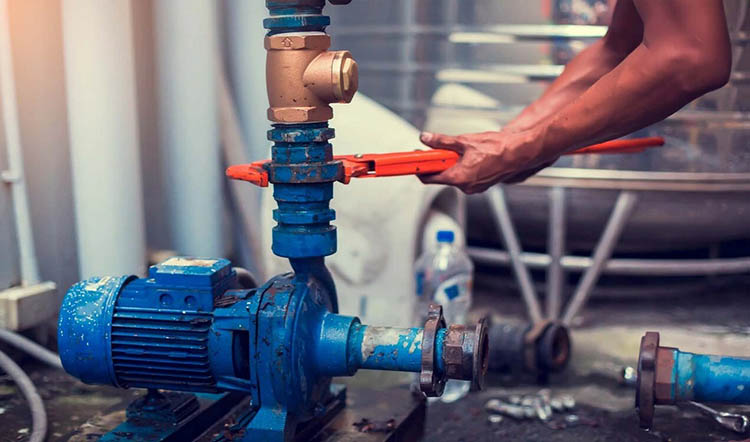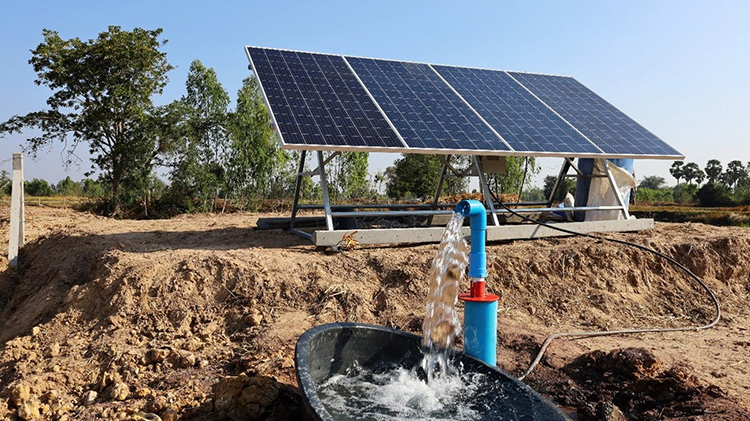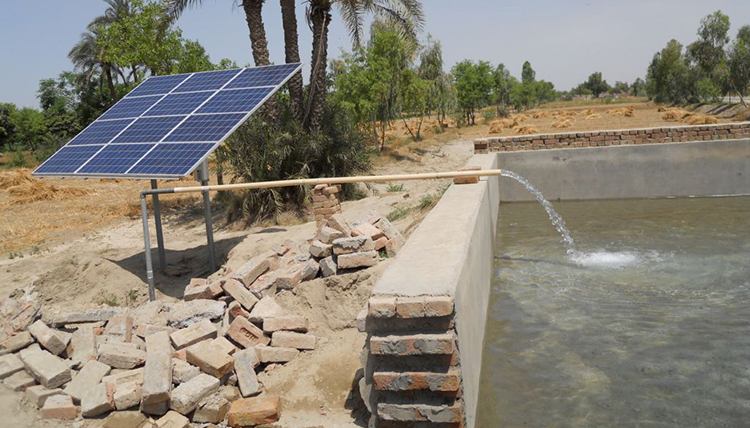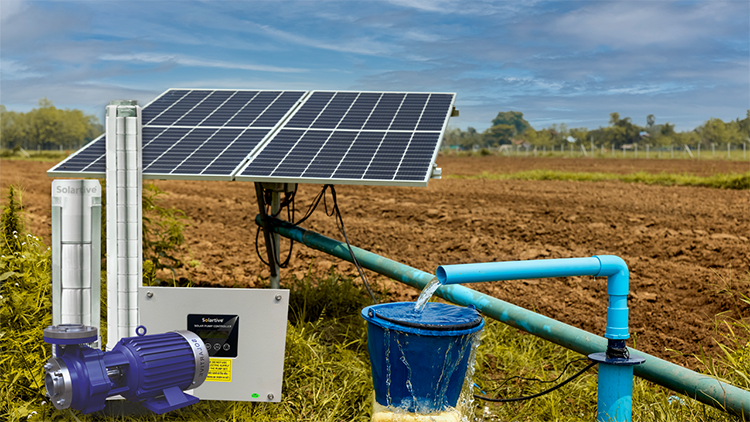Reasons for Shield Pump Failure to Build Pressure and Solutions
In the modern pump industry, shield pumps are widely used in fields such as photovoltaic systems, chemical engineering, and refrigeration. However, one of the most common issues faced by shield pumps is failure to build pressure. Understanding the reasons behind this issue and addressing it promptly is essential to ensure the efficient operation of the pump system.
This article will explore the common reasons for a shield pump failing to build pressure and provide corresponding solutions to help users enhance the reliability and efficiency of their equipment.
What is a Shield Pump?
A shield pump is a type of pump that utilizes magnetic drive and sealing technology. The key feature of a shield pump is the absence of traditional mechanical seals, replaced by a magnetic coupling that separates the driving and driven parts, preventing liquid leakage. Shield pumps are widely used in situations where hazardous liquids or environments requiring strict sealing are involved. Due to their efficiency, reliability, and excellent sealing, they are especially suitable for specialized applications.
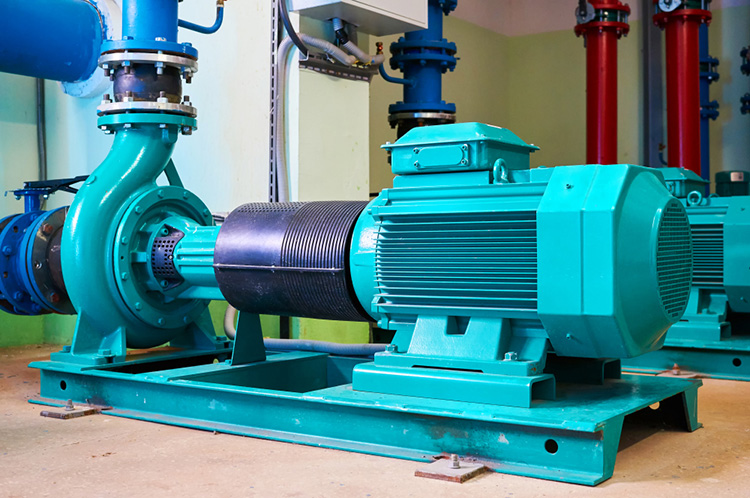
Common Reasons for Shield Pump Failure to Build Pressure
1. Internal Wear or Damage to the Pump Body
If a shield pump operates in unstable conditions or experiences frequent overload, key internal components such as bearings, impellers, or magnetic couplings may wear out or get damaged, causing the pump to fail to work properly and, in some cases, fail to build pressure.
Solution: Regularly inspect and replace worn components, especially bearings and impellers inside the pump, to ensure they are in good working condition.
2. Cavitation or Air Entering the Pump
Cavitation occurs when the pressure at the pump's inlet becomes too low, causing the liquid to vaporize and form air bubbles, which in turn affect the pump's normal operation. Similarly, if air enters the pump system, it can lead to reduced efficiency or the inability to generate sufficient pressure.
Solution: Inspect the suction pipeline for any air leaks and ensure the pipeline is properly sealed. Regularly purge air from the pump.
3. Clogging Inside the Pump
If there are impurities or sediment buildup inside the pump, it can obstruct the flow of liquid and prevent the pump from building pressure. This is particularly common when handling liquids with solid particles or high viscosity.
Solution: Regularly clean the pump, especially when handling liquids with solid particles, to prevent blockages inside the pump.
4. Drive System Failure
The driving part of the shield pump typically consists of a motor and a magnetic coupling. If the motor fails or the magnetic coupling becomes faulty, the pump may not receive adequate driving force, causing it to fail to build pressure.
Solution: Check the motor and magnetic coupling to ensure they are functioning properly. Verify that the motor is running smoothly and the magnetic coupling is not loose or damaged.
5. Improper Installation Position
Shield pumps require an appropriate installation position. If the pump is installed too low or too high, it may affect the suction capability and pressure generation, causing failure to build pressure.
Solution: Adjust the pump's installation position according to the user manual, ensuring that the suction pipeline can smoothly draw in liquid, preventing air resistance or insufficient water intake due to improper positioning.
6. Incorrect Flow or Head Setting
If the flow and head settings of the pump do not match the actual operating conditions, it can lead to an inability of the shield pump to reach the required pressure. Both over-setting or under-setting the flow can negatively affect pump performance.
Solution: Properly select the pump's flow and head according to the actual requirements to avoid instability caused by incorrect settings.
Suggestions for Solving Shield Pump Pressure Issues
Regular Inspection and Maintenance: Perform regular inspections on the shield pump to ensure the pump body, bearings, impellers, and other key components are in good condition.
Eliminate Air or Cavitation Issues: Ensure the sealing of the pump system, regularly purge air from the pump, and prevent cavitation by maintaining proper suction pressure.
Clear Blockages: Regularly clean the pump, especially when handling complex liquids, to avoid blockages caused by impurities or sediments.
Proper Configuration and Installation: Install the pump according to the user manual, ensuring that the pump’s suction pipeline functions optimally and preventing air resistance or inadequate water intake.
Monitor Pump Operating Parameters: Regularly monitor the pump’s flow, head, power, and other operating parameters to ensure it operates under optimal conditions.
Conclusion
Failure to build pressure in shield pumps is a common issue, but it can be addressed by understanding its potential causes and implementing appropriate solutions. Tianjin Luofu Technology Co., Ltd., as a company dedicated to the research and development of high-quality pumps, provides reliable shield pump solutions to improve the performance and stability of pumping systems across various industries.
If your shield pump is experiencing pressure-building issues, consider checking the factors discussed above and taking the necessary steps to restore the proper function of your system.
More News

